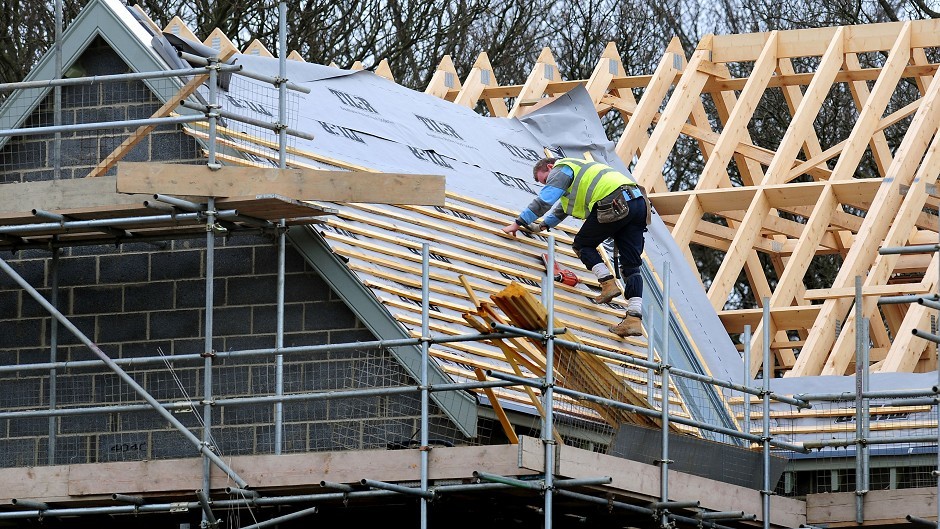Property experts have voiced concerns that residential development in the north-east is being held back by regulations faced by housebuilders and the scale of contributions sought by local authorities.
Aberdeen-based planning and development specialists working for Knigh Frank delivered the findings of their residential land development research to an industry audience in the Granite City yesterday.
Their presentation included a review of residential development in Aberdeen and Aberdeenshire as well as a focus on the role of local authorities and the planning system.
A key part of the research was a study of threats to the delivery of future residential development – and the burden placed on housebuilders during the planning process was high on the list.
Eric Shearer, a partner in the Aberdeen office of Knight Frank, said: “The north-east may have one of the strongest economies in the UK but the lengthy planning process for housing developments, particularly for large masterplanned sites, is delaying the construction of much needed housing.
“The requirements for developer contributions as they stand do not take into account the fall in the oil price and the wide-ranging disparities in land prices across the region. There is strangely no relationship between the cost and the ability to pay.”
He added: “In our experience, the cost of planning gain of a site in Peterhead may amount to or equal 50% of the land value but in Westhill it is only 14%.
“Developers in many instances are facing considerable delays in obtaining planning consents and this requires to be given a higher priority by the councils if the supply issues are to be properly addressed.
“While there is an acceptance of developer contributions, we would advocate a more consistent and realistic approach to help ease the logjam in the residential development pipeline.”
